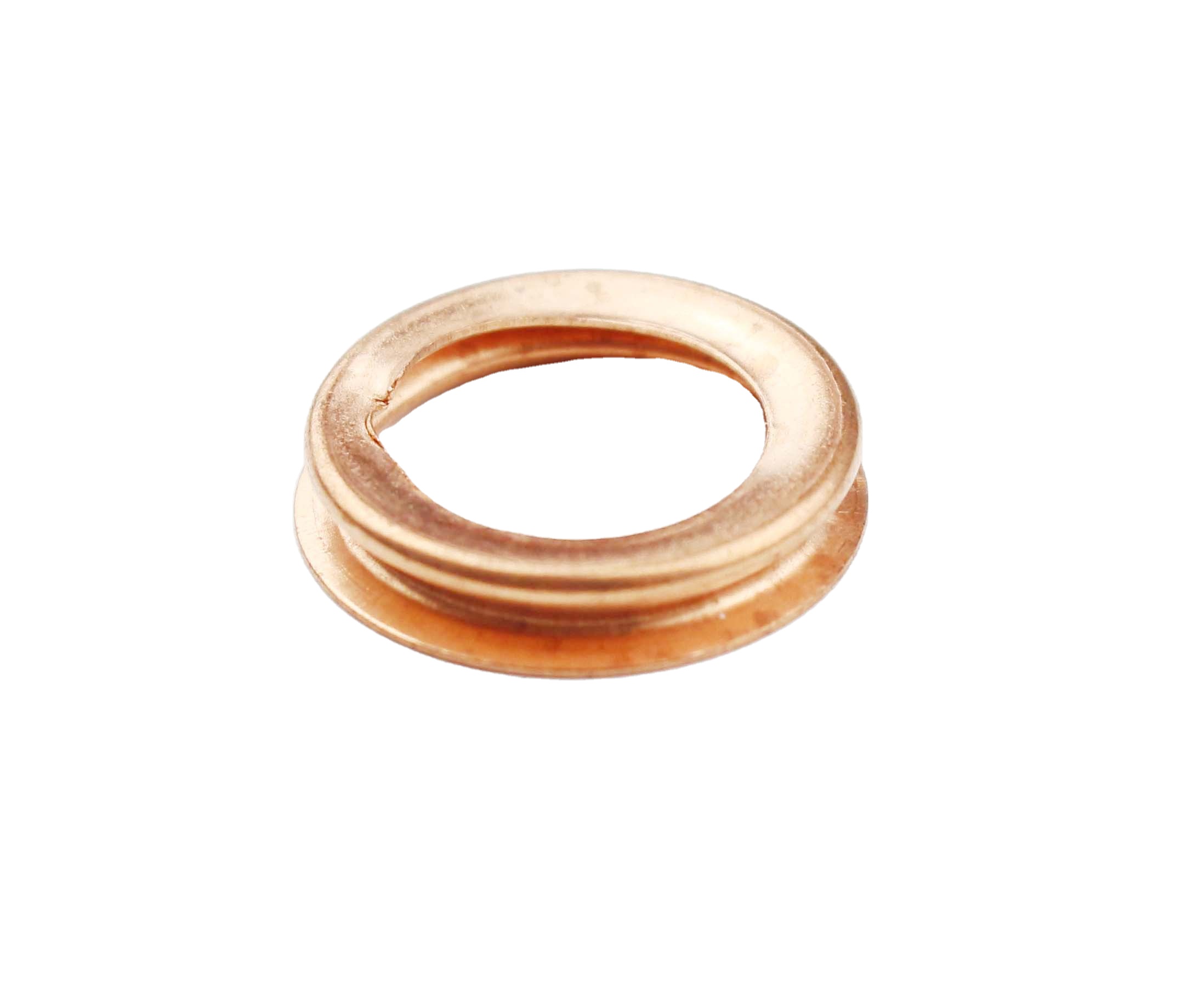Understanding the Functionality of Oil Seals in Mechanical Systems
The Working Principle of Oil Seals
Oil seals, also known as oil retaining seals or simply seals, are critical components in machinery designed to keep lubricants in and contaminants out. They play a pivotal role in ensuring the efficiency and reliability of mechanical systems where rotation is involved, such as engines, gearboxes, and pumps. Understanding the working principle of oil seals is essential for anyone involved in machinery maintenance or design.
At the most fundamental level, an oil seal is a device that provides a barrier between moving and stationary parts, preventing the leakage of fluids while minimizing the ingress of dust, dirt, and other contaminants. The principle behind oil seals is relatively straightforward they create a pressure-tight seal that can withstand varying conditions of temperature, pressure, and dynamic movement.
Structure of an Oil Seal
Typically, oil seals are composed of a combination of materials tailored to their specific application. The basic structure includes
1. Seal Lip This is the most crucial part of the oil seal, usually made from elastomeric materials (like nitrile rubber) or polymers. The seal lip exerts a pressure contact with the mating surface (like a shaft) to block the escape of lubricating oil. The flexibility of the lip allows it to conform to the surface and compensate for any imperfections.
2. Metal or Reinforcing Ring This part provides stability and support to the seal lip. It helps maintain the necessary sealing pressure and limits the deformation of the lip under operational conditions.
3. Dust Shield Many oil seals feature an additional dust shield or lip that protects the seal from external contaminants. This is especially vital in environments where dust and debris are prevalent.
4. Spring In some designs, a spring is integrated to maintain the lip's contact pressure against the shaft, ensuring a consistent seal even with variations in shaft size or when there is wear over time.
oil seal working principle

Working Principle
The working principle of an oil seal can be broken down as follows
1. Dynamic Sealing The seal lip creates a dynamic seal as it forms a tight barrier against the moving shaft. When the shaft rotates, the lip compresses against it, creating a hydrodynamic effect that further enhances sealing. In this way, the oil seal works effectively even at high rotational speeds.
2. Hydrodynamic Action As the machinery operates, the rotation of the shaft induces a thin film of lubricant between the seal lip and the shaft surface. This hydrodynamic film reduces friction and wear, allowing the seal to operate smoothly. The design and material of the seal lip are crucial in optimizing this action to ensure efficient sealing while preventing wear.
3. Pressure Management Oil seals are also designed to manage internal pressures. In many applications, particularly those involving engines or gearboxes, pressure can build up due to thermal expansion or operational forces. The seal's design allows it to withstand these varying pressures without losing its sealing ability or integrity.
4. Contaminant Exclusion The secondary lip or dust shield is critical in preventing dirt and debris from entering the system, which could compromise the lubricant and ultimately lead to mechanical failure. By blocking the ingress of contaminants, oil seals prolong the lifespan of both the lubricant and the machinery itself.
Conclusion
In summary, oil seals are vital components that ensure the functionality and longevity of machinery by preventing fluid leakage and keeping contaminants at bay. Their design and working principle are a testament to the ingenuity of mechanical engineering, where materials and geometry come together to solve complex challenges in various industries. Understanding how oil seals operate is essential for effective machinery maintenance and will help ensure that mechanical systems run smoothly and efficiently for years to come. Effective use and maintenance of oil seals not only enhance performance but also save costs associated with fluid loss and equipment failure.
-
The Ultimate Guide to Car Repair Kits: Tools and Essentials Every Driver Should Own
News Aug.01,2025
-
The Complete Guide to Oil Pan Gaskets: Sealing Engine Leaks the Right Way
News Aug.01,2025
-
Preventing Oil Leaks: A Complete Guide to Oil Pan Gaskets and Drain Seals
News Aug.01,2025
-
Everything You Need to Know About Oil Pan Gaskets and Drain Plug Seals
News Aug.01,2025
-
Essential for Car Owners: How to Use a Car Repair Kit to Deal with Minor Breakdown
News Aug.01,2025
-
Comprehensive Guide to Engine Oil Sump Gaskets and Related Seals
News Aug.01,2025
-
The Ultimate Guide to Boat Propeller Bearings and Trailer Wheel Bearings
News Jul.31,2025
Products categories















